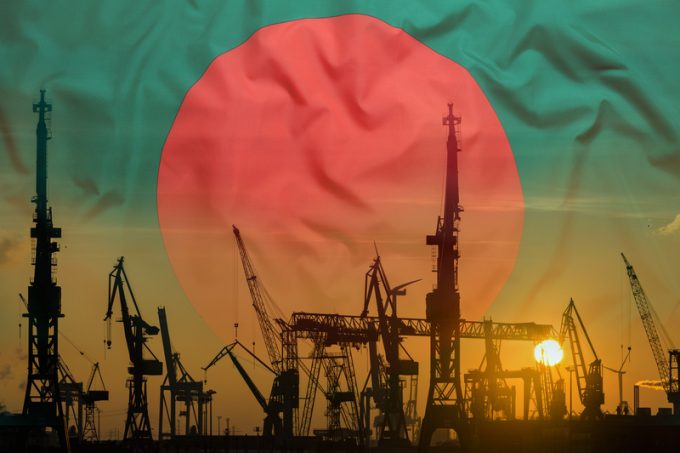Open tender set to launch to find new operator for Chittagong box terminal
Bangladesh is to launch an open tender for the chance to operate its largest box ...

Bangladesh’s cabinet committee on Wednesday appointed Japanese firm? Nippon Koei Company— to provide consultancy services for the construction of a deep seaport to handle its growing external trade in a deal worth $28m.
The firm will work on detail design, tender assistance, and construction supervision of the JICA-funded proposed deep seaport at Matarbari area in south-eastern Bangladesh.
The deep seaport will have a 16-metre water draft and will be able to accommodate 8,000 TEU post-Panamax vessels, lessening Bangladesh’s dependence on the feeder ...
Latest strike will cause ‘massive' disruption at German airports
CMA CGM pledges $20bn investment to boost US supply chains
CMA CGM could build medium-size vessels in US, says Saade
Asia-Europe FAK price hikes manage to halt 13-week rate decline
Box ship in collision with tanker off UK coast
Airlines rethink strategy as ecommerce to US begins decline
Freightmate 'a product of theft, not ingenuity' says Flexport

Comment on this article
mezbha uddin
August 09, 2020 at 4:52 pmCongratulations to Bangladesh PM and team to make it happened by Japan not others. It is great achievement for Bangladesh.